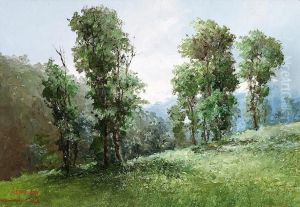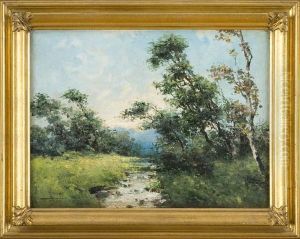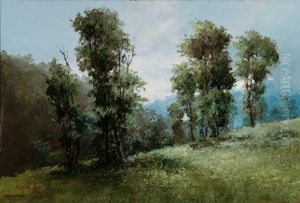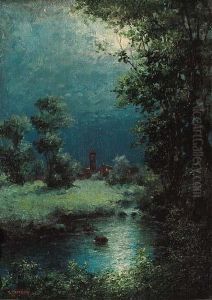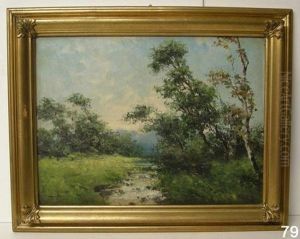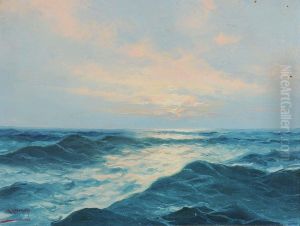Giuseppe Cavalleri Paintings
Giuseppe Cavalleri was an Italian painter and etcher who was born in 1697 in Parma, Italy. He is known for his work during the Rococo period and for his contributions to the decorative arts and religious iconography of his time. Cavalleri received his artistic training in Parma, which, during the 18th century, was a significant center for the arts in Italy. The city was home to the famous Farnese family, who were great patrons of the arts and helped to cultivate a vibrant artistic community.
Cavalleri's work is characterized by its elegant and graceful style, typical of Rococo art. He often employed a light, pastel color palette and depicted scenes with a sense of movement and delicate ornamentation. His compositions were usually well-received for their decorative qualities and the gentility of their figures.
Throughout his career, Cavalleri worked on various projects, including altarpieces for churches, decorative schemes for palaces, and engravings. His engravings, in particular, are notable for their technical skill and the sensitivity with which he rendered his subjects. These works contributed to the spread of the Rococo style in Italy and abroad, as prints could be more easily circulated than paintings or frescoes.
Giuseppe Cavalleri's contributions to art were part of a broader movement in the 18th century that saw a shift towards lighter, more decorative forms in reaction to the grandeur and solemnity of the Baroque era. His works, though perhaps not as widely recognized today as those of some of his contemporaries, remain a testament to the artistic trends of his time and the cultural milieu of Parma.
Cavalleri continued to work and live in Parma throughout his life, enjoying the patronage of local churches and nobility. He passed away in 1766, leaving behind a body of work that reflects the transition between the Baroque and Rococo periods and exemplifies the regional artistic preferences of Northern Italy during the 18th century.
